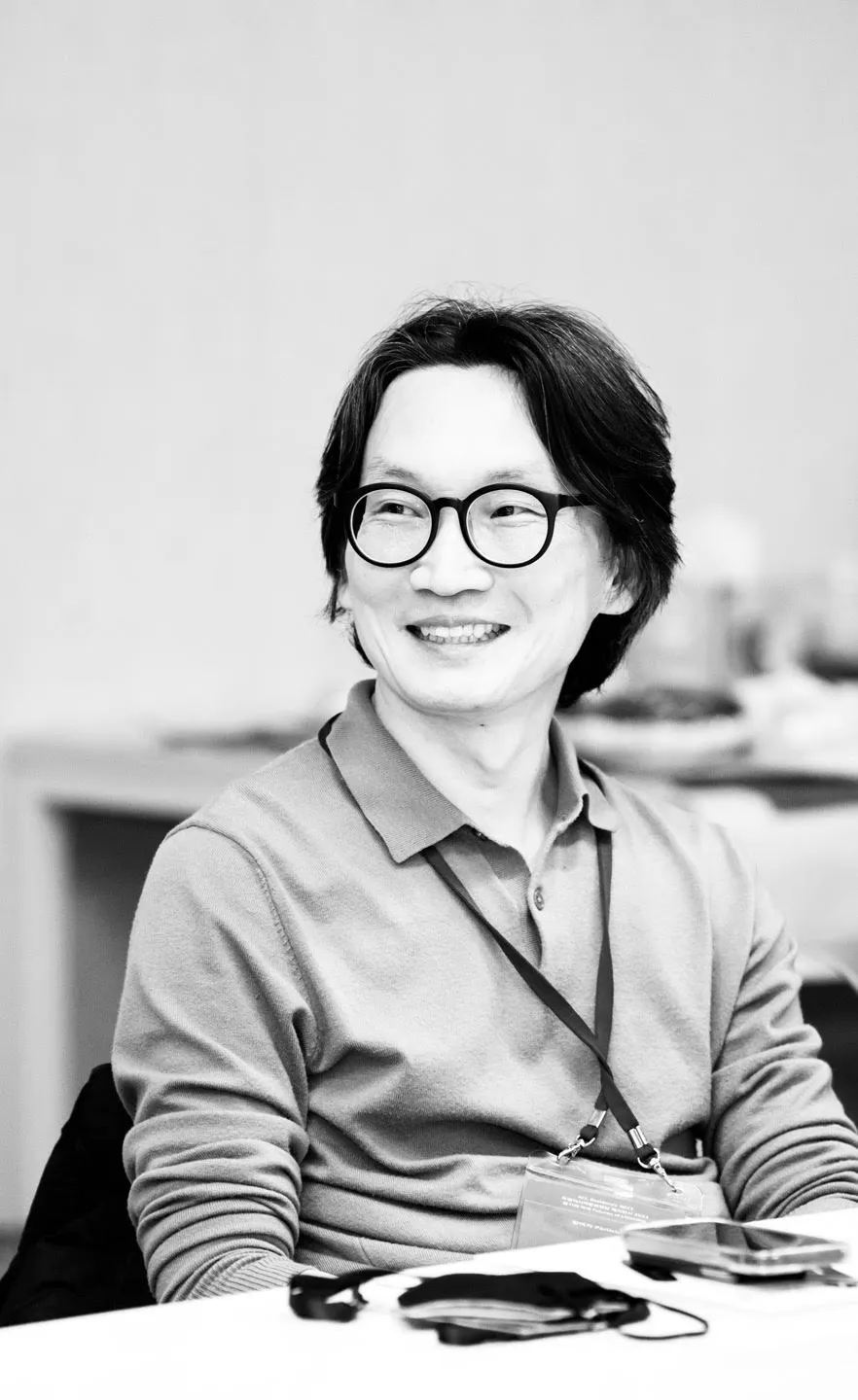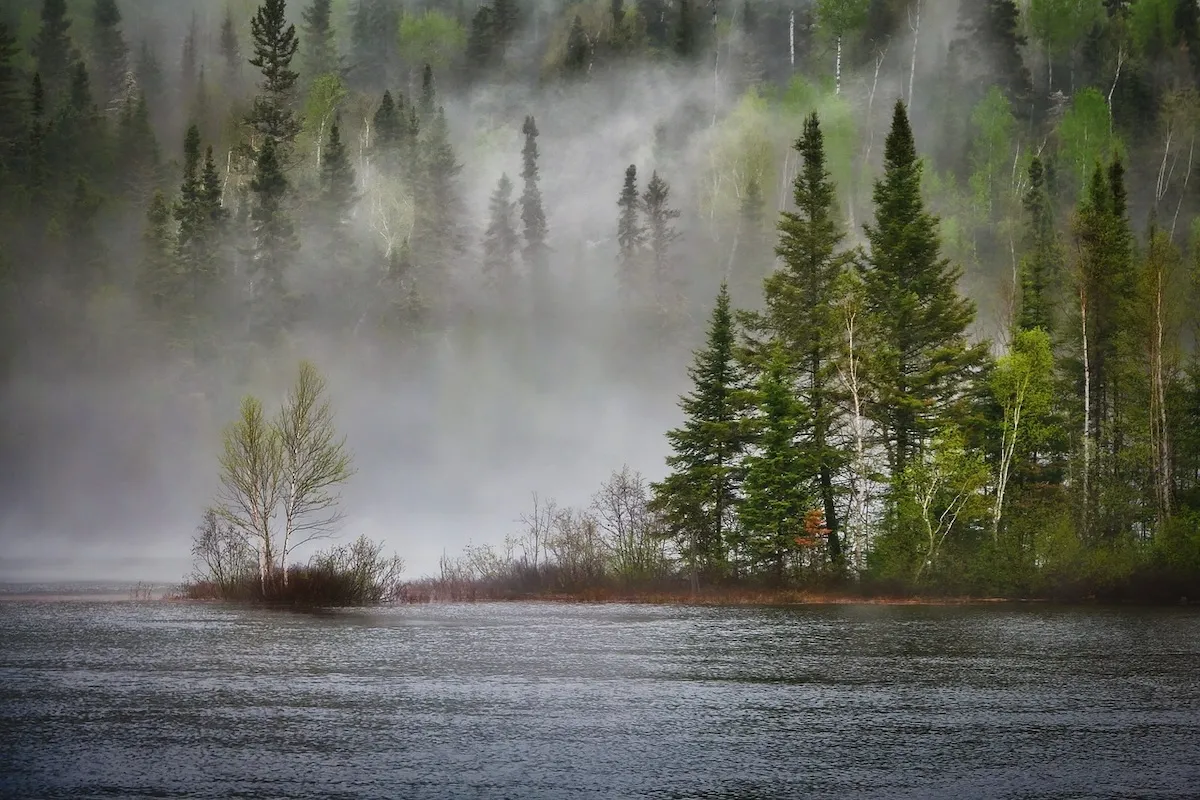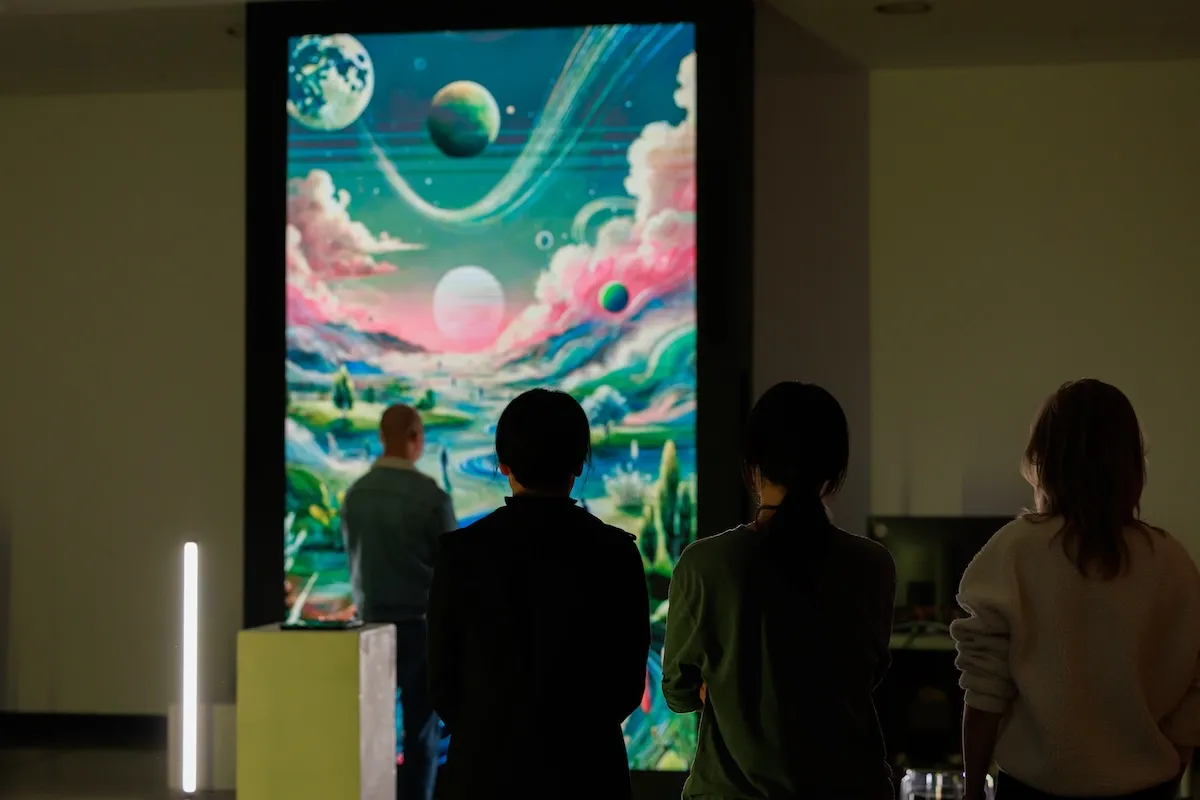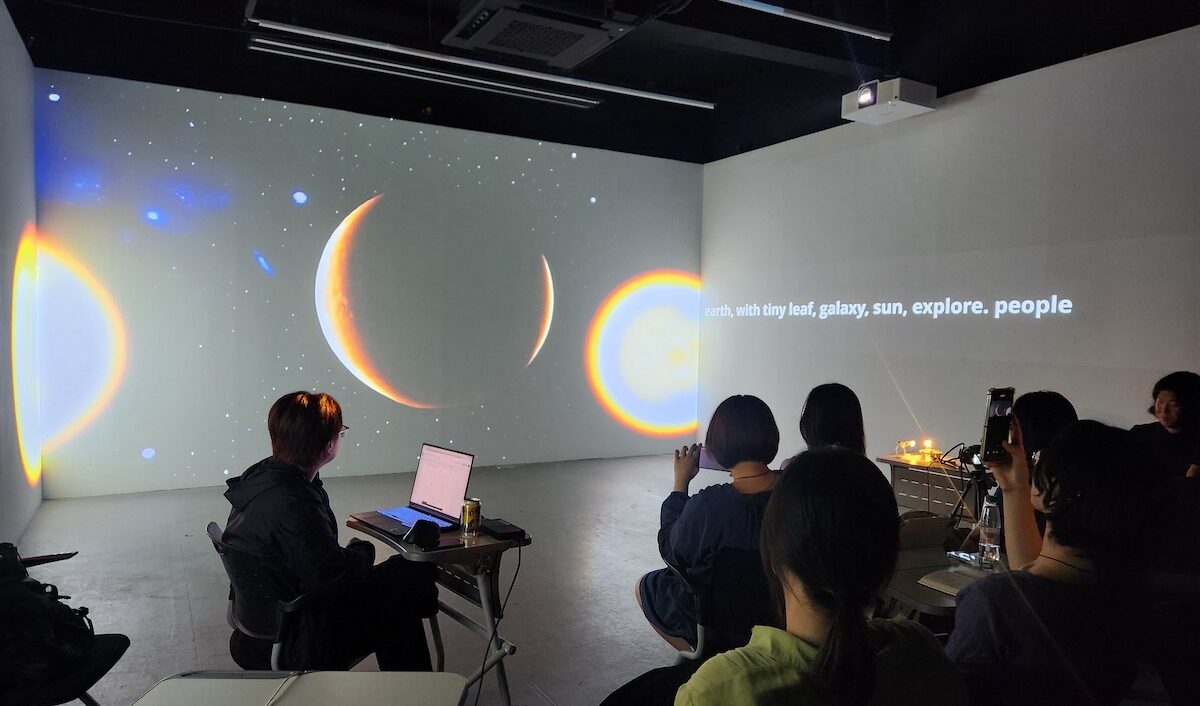| [People]introduces the future direction of art education that the Art Collider Lab (hereinafter referred to as AC Lab) of the Convergence Arts Center seeks and aims to pursue through people who have worked with AC Lab. |
Sound flows. Miss a moment, and it’s gone—irretrievable. That’s why we listen carefully. In that instant, our senses sharpen, and we reach peak immersion. Sound, by its very nature, demands immediate engagement and heightened perception. One artistic field takes full advantage of these qualities: soundscape. By reinterpreting the world purely through sound, this art form transcends time and space, breaking down sensory boundaries and delivering a uniquely aesthetic experience.
Jun Kim(49) is an artist completely immersed in the allure of soundscapes. Originally a media artist, he eventually dedicated himself to the study and expression of soundscapes. He travels across the country, capturing meaningful sounds and transforming them into artistic experiences. From the sounds of nature to the vibrations of machines, every auditory signal in the world becomes material for his work.
In May of last year, Kim brought his passion for sound to young creators at Korea National University of Arts(K-Arts) through the Soundscape Workshop and Exhibition at the Art Collider Academy. Over ten weeks, students immersed themselves in an artistic journey—identifying personal meaning in scattered layers of sound and infusing their own experiences, memories, and emotions into their creations. The process itself mirrored the essence of an artist’s life.

Soundscape Artist Jun Kim
| From Seeing the World to Hearing the World
Jun Kim’s world is filled with sound. Even the smallest noise does not go unnoticed. He spends the entire year traveling across Korea, collecting sounds, filtering them through his artistic lens, and infusing them with new meaning. Each exhibition takes months to develop, and he holds six or seven of them annually—his life, quite literally, is surrounded by sound.
Yet, his early career was centered around visual media. After majoring in Journalism and Broadcasting, he worked as a photo and video journalist at a broadcasting station. “I was fascinated with photography in school, even joining a photography club to shoot images for school magazines. That naturally led me to video as well,” he recalls.
His shift toward sound came unexpectedly. Feeling disillusioned with his job, he moved to Germany to study at the Berlin University of the Arts, intending to deepen his understanding of photography. But everything changed when he encountered sound art. The moment he was introduced to the field, he was captivated.
“It was absolutely fascinating. After working with visual media for so long, I think I had unknowingly grown weary of it. In a world dominated by visual stimuli, the idea of constructing an entire world purely through sound was incredibly compelling.”
Kim officially began his career as a soundscape artist in 2012 after returning to Korea from seven years of study abroad. At the time, the field of soundscape art was virtually nonexistent in Korea. Undeterred, he spent the next decade tirelessly building his own world of sound.
His works often have a strong social commentary, a reflection of his background in journalism. In Feedback Field (2012, Berlin), he exposed electromagnetic waves hidden in public spaces. In Fabricated Garden (2013, Nanjido), he used chaotic noise to highlight the absurdity of a park built on top of a landfill. In Mixed Signals (2015, DMZ), he layered overlapping sound data to convey the painful reality of Korea’s division. Static Vacuum (2018, Cheonggyecheon) captured the eerie unfamiliarity of dawn in an otherwise bustling city.

Artist Jun Kim(right) installing his work at the Soundscape Workshop-related exhibition ‘Commons_’
Despite working in an era where visual media reigns supreme, Kim has remained steadfast in his dedication to the aesthetics of sound. “Sound-based work is highly intricate and deeply absorbing,” he explains. “The more you immerse yourself in it, the more compelling it becomes. That sense of attachment and focus naturally leads to an eagerness to start the next project.”
This was the core message he wanted to share with students during the Soundscape Workshop and Exhibition at K-Arts.
| Noise as Art? Expanding Artistic Sensibilities in New Ways
The Soundscape Workshop and Exhibition was part of K-Arts’ Art Collider Academy, a program organized by the Art Collider Lab. Open to students across all disciplines, the workshop attracted participants from departments such as Film, Fine Arts, and Music. Soon-Young Jeong, a researcher at the Art Collider Lab who planned the program, explains, “Soundscape work was the perfect medium for a workshop spanning multiple disciplines. We selected 10 students from a highly competitive pool, including even those from Theoretical Studies.”
Mastering soundscapes requires more than just technical skills—it demands a combination of theory, philosophy, and aesthetics. Ten weeks was too short to perfect a craft, so the focus was on the process rather than polished results. “We introduced the students to key equipment and walked them through the entire process, from planning and recording to exhibition,” Kim explains. “What mattered most wasn’t the quality of the final piece but the experience of completing a work with their own hands.”
Despite being an unfamiliar field, the workshop generated remarkable enthusiasm. Students eagerly roamed the campus with large boom-microphones, recording ambient sounds. More than just a technical exercise, the process revealed the unique artistic perspectives of each participant.
“One student was obsessed with birds—he knew the names of every species. Determined to record the sound of spoonbills, he traveled all the way to a bird migration site. Another student from the Theoretical Studies department staged an installation where he sat at the center of a ring of speakers, reading aloud from a book he had written. It was profound, wasn’t it?” Kim laughs.
This unique creative process led to a visible transformation in the students. Many, who initially felt uncertain, became deeply invested by the end. One student even changed his minor to Fine Arts after completing the workshop. “At first, some students were skeptical. But by the final week, I saw the change in their eyes. They had discovered a genuine attachment to the work.”
This is the unique power of soundscape—a single, quiet sound can become a resounding force that changes someone’s artistic path.
| Seeing Isn’t Everything—And Neither is Art
Looking back, Kim describes the past decade as a test of endurance. Sound art is a challenging and solitary field, and external validation is scarce. In Korea’s visual-dominated art scene, his work was largely overlooked. Meanwhile, the public, facing the hardships of daily life, often disregarded the inconvenient truths embedded in his projects.
Yet, Kim remained unfazed. He knew the power of soundscapes—their ability to shift perspectives and reveal unseen dimensions of the world.
“This work isn’t easy. You need a strong artistic foundation and a well-defined personal perspective. You also have to navigate advanced technologies while maintaining a philosophical and aesthetic approach. That’s why it hasn’t spread as quickly.”
Kim’s philosophy aligns with the future of arts education—grounding creativity in a solid artistic foundation, embracing new technologies, and continuously exploring humanities and aesthetics. His collaboration with K-Arts and the Art Collider Lab was a step toward this evolving educational model.

Artist Jun Kim’s work ‘Passed times, remaining space’, which was exhibited at ‘Commons_’. Artist Jun Kim emphasized that “artists definitely need their own eyes to view society.”
Fortunately, interest in soundscapes is growing among young artists. More students are now pursuing sound art abroad after completing their Fine Arts studies in Korea. For Kim, this is an exciting development.
“If these young artists begin actively engaging with audiences, the field will naturally expand, and soundscapes will reach their full potential,” he says.
“Soundscapes break away from conventional forms. It’s completely free from traditional visual and musical structures. That means its possibilities are endless. It offers audiences entirely new ways to experience art. Flashy visuals? Sure, they’re great. But not everyone needs to chase spectacle. And art, of all things, should never be confined to that.”
/ written by TJ
Related Videos




